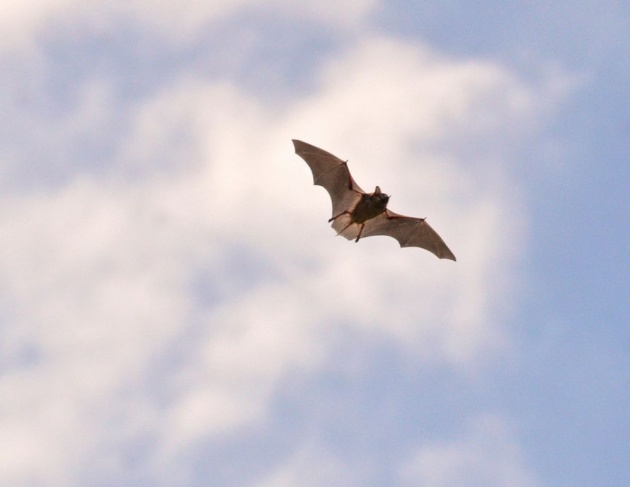
image source: www.google.com
Hello, guys!
In this blog, I'd like to write about the unique creatures, called bats and provide some details and information on this topic. These animals are truly impressive for many reasons, and I'll be mentioning those below. Even if some people might find bats creepy, and call them flying rats, the only similarity between both is the shape of their bodies (without the wings).
Flying and Body Structure
Bats are mammals of the order Chiroptera (/kaɪˈrɒptərə/; from the Ancient Greek: χείρ - cheir, "hand"[1] and Ancient Greek: πτερόν - pteron, "wing"[2])[3] whose forelimbs form webbed wings, making them the only mammals naturally capable of true and sustained flight.
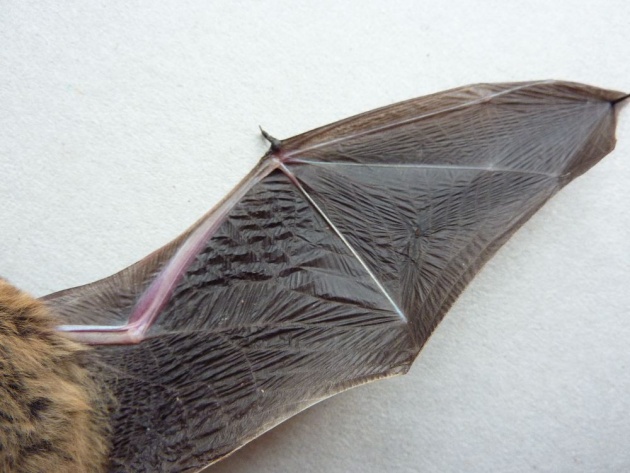 image source: www.google.com
image source: www.google.com
The earliest existence of bats as we know them today was probably around 50 - 60 million years ago, although that can't be ultimately proven. Scientists still argue about how the fossils they discovered should be classified. Either way, the bats have preserved most of their body structure and were barely affected by evolution. As we all know, most mammals don't fly. Two fascinating facts about the bats are: first, they are mammals, and second, they are the only ones that have fully developed wings and can fly freely over long distances. Their wings are formed by the front pair of legs being transformed which provided them the option of moving faster. The bones of their fingers are connected by skin, forming an umbrella-like structure, with some of the nails being preserved. The latter are mainly used for moving/crawling when on the ground or another surface. The main reasons bats are capable of flying are their small body and strong muscles. It is hard to believe, but these mammals can fly better than many birds.
video source: www.youtube.com
Habitats
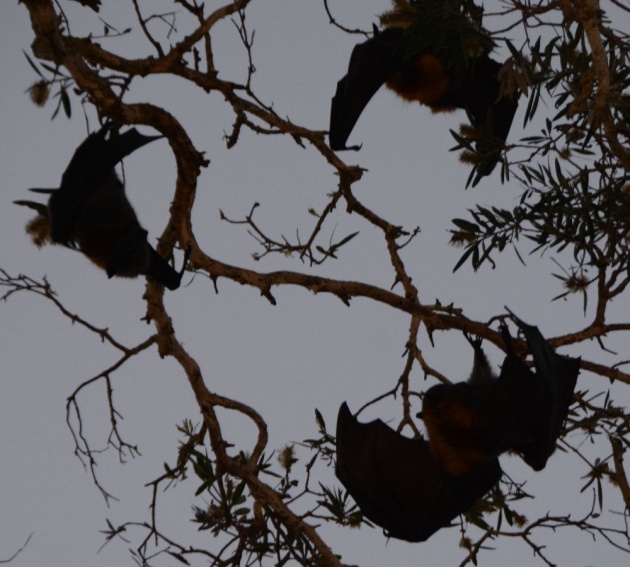 image source: www.google.com
image source: www.google.com
Bats are widely spread - they are available all over the world, with very few exceptions. They can be found in the attics of buildings, in hollows of trees, in underground facilities, chimneys, caves, rock niches, etc. The reason they can be found close to people, inhabiting houses and buildings, is that at many places their natural habitats were taken over and they were forced to adapt to the new environment. Carnivorous bats choose places to hunt according to the presence of insects - beetles, butterflies, mosquitoes, etc. They can be seen next to roads, street lamps, buildings, lakes or rivers, as insects are attracted to light and live next to water pools. The variety of species of bats is huge - around 1110 different species, some of them - in danger of extinction and protected by national laws in many countries. They usually live not more than 20 - 25 years, but there are documented exceptions of bats living a lot longer.
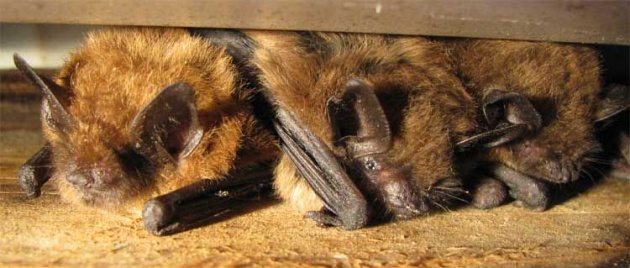 image source: www.google.com
image source: www.google.com
Echolocation
Echolocation is a process which animals use to orientate in their surrounding environment. The main principle here is that the animals send a signal/sound and then receive the reflected sound wave. Their ears are well developed and in combination with the sounds they are capable of producing, they make up a unique orientation tool. This way bats can recognize flying and non-flying objects near them. The sounds they generate are so frequent that they can detect everything (regardless of its size) in one-meter radius, without any difficulties. The sounds, produced by the animals, are in the range of 14 000 to 100 000 Hz, which are frequencies above the hearing ability of human beings.
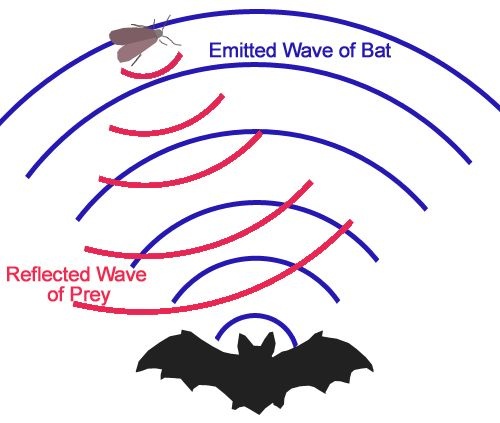 image source: www.google.com
image source: www.google.com
Bats use echolocation to find food, hunt, avoid obstacles or communicate with each other. It's their way of "seeing in the dark"; they can orientate without any problem in complete darkness, only by using ultrasound. Not all bat species use echolocation; it is available only for some of them. Other animals that use echolocation are whales and dolphins. Besides that, most species have very well developed eyes, which help them seeing and orientating, even though they are not their primary organ for determining their surroundings.
video source: www.youtube.com
Bat Species
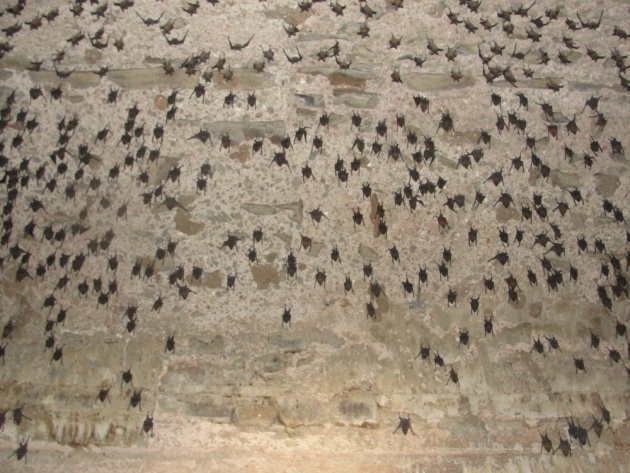
image source: www.google.com
As I mentioned, the variety of bats is vast. Out of so many species, I'll point out two main suborders:
1. Megachiroptera – This is the group of bats with a larger size, which can reach up to 40 cm. They are entirely herbivorous, i.e. they feed on fruit and plants. These species don't use echolocation but instead, rely on their sight and sense of smell. They usually live on trees and are specific only to some parts of the world - the tropical and subtropical areas.
2. Microchiroptera – These are smaller bats with a size of 4 - 16 cm. This group consists of many species, some of them herbivores and another part carnivores, feeding on insects and other small animals. They use echolocation as their sight is weak and can't orientate them well enough.
In my country, the most widespread bats are from the families Rhinolophidae and Vespertilionidae, both from the suborder Microchiroptera (small bats). Just a few examples of species are the Greater horseshoe bat, Common pipistrelle bat, Little brown bat, and Pond bat.
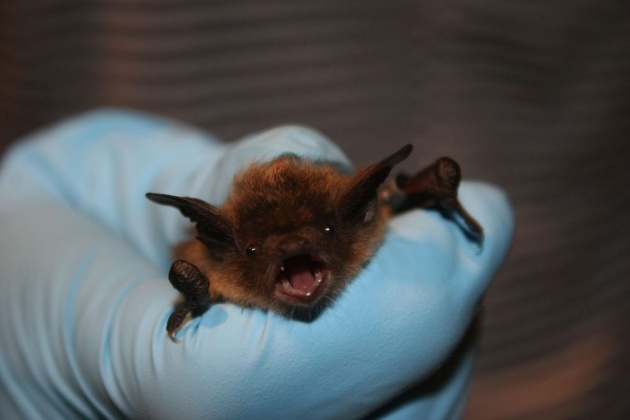 image source: www.google.com
image source: www.google.com
Hibernation
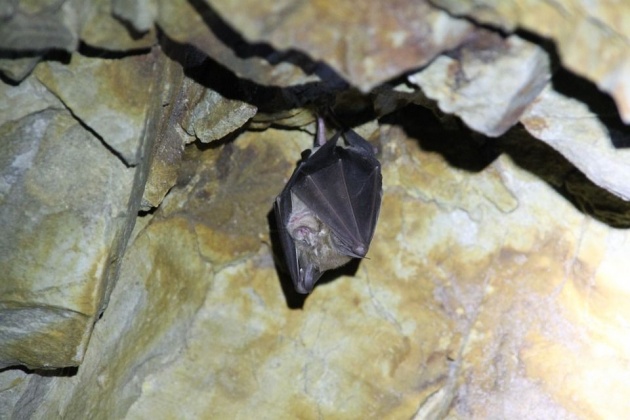 image source: www.pixabay.com
image source: www.pixabay.com
Bats are active mainly during the night. When they are sleeping, they use their back legs to hang from trees or rocks, in an upside down position. They live in colonies of different sizes, depending on the species. In the temperate zone, these mammals spend the winter in hibernation (they sleep during the cold season and wake up when the weather allows it, in early spring). During these periods the natural processes in their body are reduced to the minimum. For spending the winter, bats usually choose places with higher temperature, preferably more than 5 °C. They consume big amounts of food before the winter to prepare and ensure their necessary energy for this period. The same happens when they wake up in spring because their body needs nutrients to recover the losses from the cold season. The body of the bats is usually covered with short and soft fur, providing them with perfect thermoregulation for the times they are not active or during unfavorable weather.
 image source: www.google.com
image source: www.google.com
Benefits of the Bats
Bats are often confused to be harmful to people or to be spreading various diseases, just like their non-flying relatives the rats. However, this is simply not true. It's just the opposite. Bats are actually useful for us in many ways. They feed on insects and thus reduce their number and prevent the crops from being destroyed. Since bats constitute a significant number of the insectivorous species, they play a huge role in maintaining the ecological balance. Being predators, they are a necessary link in the food chains of many ecosystems. Not only that, but it is estimated that the number of insects just a single bat consumes overnight, can reach up to 1/3 of its weight. That's why they have such a significant impact. Another positive feature of the bats is that they participate in distributing the pollen of flowers and plants, as some of them feed on nectar. This helps for further spreading the plant species in different areas.
Bats have their share in the mythology of many nations, but most of the scary stories about these creatures are untrue. They were probably inspired by the strange look of the animals and their activity during the night.

image source: www.pixabay.com
Bats are amazing creatures which should be preserved and taken care of. Whether they are herbivorous or carnivorous, they are an important part of the ecosystems. Even if their look is strange and maybe scary, bats are more helpful than many other animals.
Thanks for reading!
- NinaB



